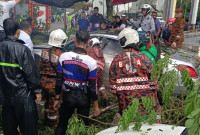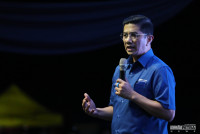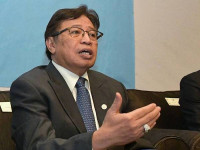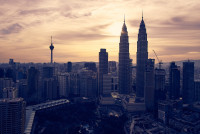ONE may occasionally see it pop on and off while making their way through the concrete jungle of Kuala Lumpur, a celebratory golden jubilee message splashed across LED screens tucked in between buildings, applauding the city as it commemorates its anniversary in February of this year.
Indeed, Malaysia’s capital is still fairly young, unlike other historic cities that have made it into world history, especially if compared to Melaka or Penang.
But Kuala Lumpur, or KL, has substantially been an area of great importance to the communities that both inhabit and frequent it – be it for living, work or pleasure. Staggeringly so, that it signifies what Malaysia is like if it were a tangible postcard.
Those of us not present in 1974 may not fully understand the sheer importance of the televised signing of the Kuala Lumpur agreement.
Until today, it is said to have been a momentous moment for local politics and for those who witnessed the occasion. So, this is what we will attempt to school you.
The handing over of Kuala Lumpur, which had been part of the sovereign state of Selangor for centuries prior, was closely related to the ambitious aims of the central government at the time.
Fun fact, this realisation was initiated by the late Tun Abdul Razak from as early as 1972.

Before the 1974 agreement
According to the book, ‘The 25-year Reign of His Royal Highness on the Throne of Selangor Darul Ehsan (1960-1985)’, written by Mohd Yusoff Hashim, the intensive rate of development, economic and political advancement, physical rights and sovereignty over the area was certainly not considered minor.
Apart from the territorial concern, the sultan had to consider what would become of the large number of residents, together with their interests and historical needs.
Also mentioned in the book celebrating the then Sultan of Selangor’s silver jubilee, Kuala Lumpur was already a designated administrative hub for the Federated Malay States (Selangor, Perak, Pahang and Negeri Sembilan) since 1896.
This was where laws were formulated for the member states of the Federation and where directives of the matters concerning administration came from. By itself, the physical development and administrative organisation of the Malay Peninsular was in line with the western impact which was centred in Kuala Lumpur.
After 1948, 1957 and 1963, Kuala Lumpur continued to be the administrative centre for the Government of Malaya and then Malaysia (post Malaysia Agreement 1963), respectively.
In order to have its own regional identity and sovereignty, where the central government would be free from the sovereignty of one particular state, it was proper that the 1974 agreement be fulfilled.
This is information acknowledged by the late Royal Highness, or at least the team representing the palace, when consulting closely with the writer for the book.
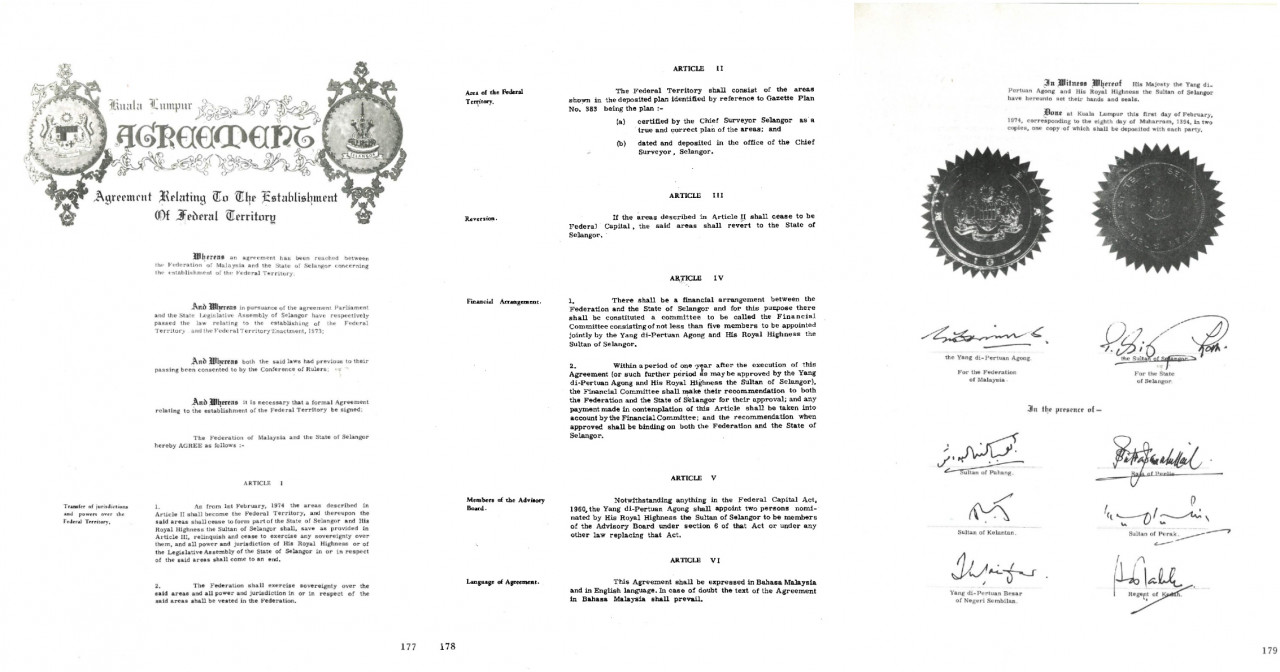
Of land and regional identity
Most agree that the basic rationale was to officially establish a special region which would be the centre, meeting place and territory for administration and governance separate from the command of a particular state.
“It is very difficult for the federal government to exercise their administrative capacities within a city that is under state purview, especially where development is concerned,” said International Islamic University Malaysia (IIUM) urban and regional planning professor Datuk Dr Alias Abdullah.
Explaining further, he notes, “The National Land Code (1965) details the laws relating to land and land tenure well.
“To put it simply, if you do not have land then you cannot control the planning of the city, and land matters are state matters. This is the very purpose of why the agreement came into effect,” he added.
Aside from the professor, many others have reported that the late sultan was not too happy about the ordeal, as the agreement was not an issue or matter that could easily be implemented overnight.
.jpg)
In fact, it took several debates, proposals, suggestions and resolutions on a trial basis over a sensitive matter, in which took almost 100 tabled discussions.
“The 1974 agreement did not come without specific conditions. The late Sultan Salahuddin Abdul Aziz Shah, requested the federal government to fund a new capital for the state (known today as Shah Alam).
“The request was to ensure more on the construction and installation of administrative buldings and infrastructure for public use in this ‘new city’,” said Dr Alias.
Equally, it was noted that there were discussions among the council of rulers at the time with regards to how the YDPA post should be managed and held away from Selangor State, which fueled the desire to lock such an agreement.
“Of course, at the time there was no Putrajaya so Kuala Lumpur, as a choice of location was considered,” added the professor.
Enactments that coequally address administrative gaps
Pre-existingly, the Act 190 – Federal Capital Act 1960 allowed for Kuala Lumpur to appoint its official commissioner, where municipal affairs of the city shall be administered by the role.
“Once Kuala Lumpur gained its city status, there was a new law made; Act 267 – Federal Territory (Planning) Act 1982,” noted Dr Alias.
“It expansively details the functions and powers of the commissioner as well as the planning, development, control and preservations over the district.
“Former mayors Tan Sri Elyas Omar (1981-1992), Tan Sri Mazlan Ahmad (1992-1995) and Tan Sri Kamaruzzaman Shariff (1995-2001) reported directly to the Prime Minister’s office, which is probably why Kuala Lumpur saw a boom in progress during the related periods,” he further disclosed.
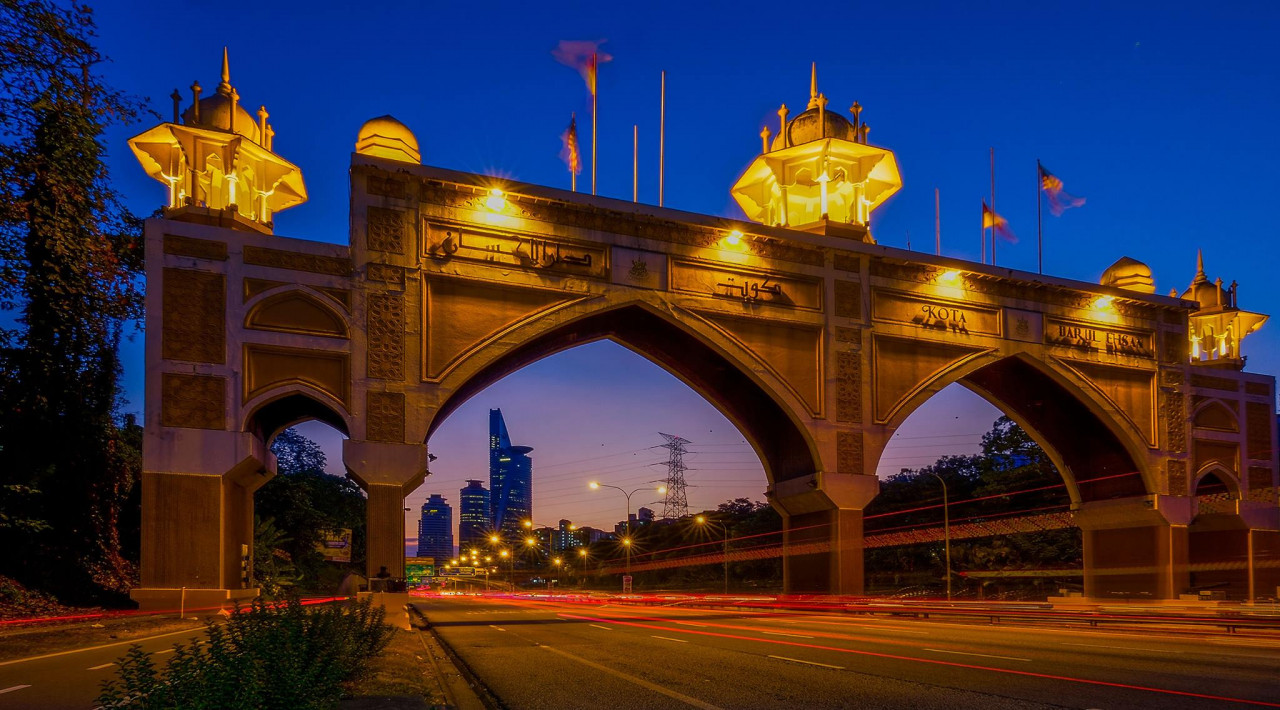
However, the chain of reporting is different today after the Federal Territory and Klang Valley Planning and Development Division was upgraded to a full-fledged ministry, where its responsibility expanded to include jurisdiction over the territories of Labuan and Putrajaya.
“During the late Elyas Omar’s tenure, he realised that there were many ad hoc government buildings (ministries) scattered across Kuala Lumpur, and made a proposal to former prime minister, Tun Dr Mahathir Mohamad to have a separate administrative centre outside of KL,” said the professor.
“He referenced Canberra (the capital city of Australia) as an example to divert the administration profile from KL, while still retaining its capital city status focusing on residential, commercial and international trade.
“It is only much later (year 2000 onwards) that a lot of government land in the city was vacated (for Putrajaya) where eventually most of it were utilised further for economic purpose during Datuk Seri Najib Razak’s premiership,” he added.
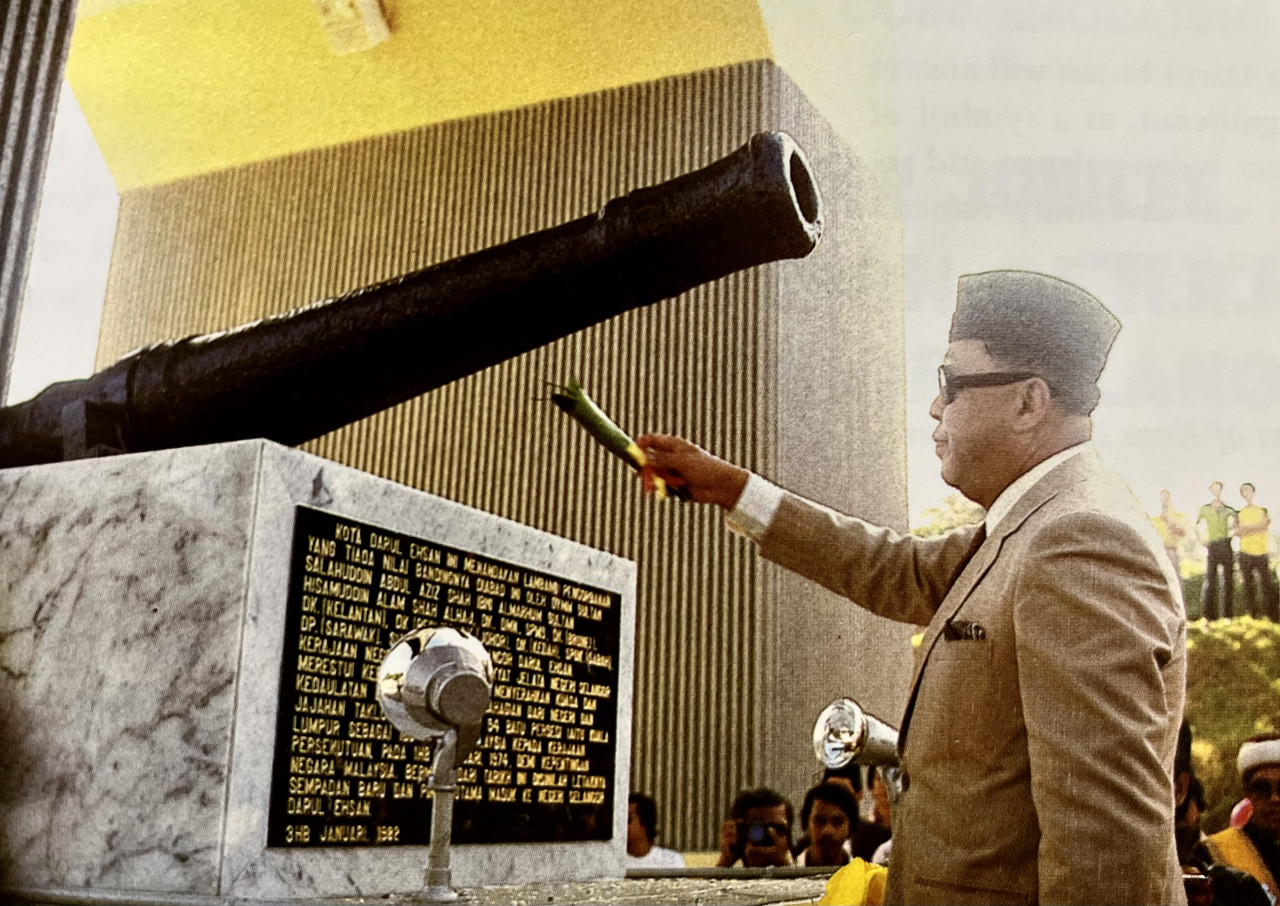
Was the Sultan cheated?
If you have reached this point of the article, there could possibly be a sense of fear or wonder with regards to how the timeline of Kuala Lumpur history has turned full circle in regards to its identity.
Particularly, if we were to travel back to 1972, where ambitions of the city as a federal territory were at its beginnings, no one could have predicted that the same genealogy would in the end see the potential of the city for what it truly is – an epicentre of commerce and exchange.
Hopefully, the capital is able to exorcise its 1MDB legacy fully for others to be able to love the city, or its image at least, wholeheartedly. This, in fairness, is a reflection of the writer’s judgement.
“Aspirations can change over time, and while KL lost its administrative functions (with exception of some existing agencies such as DBKL), it gives more opportunity for local and international communities and/or services (education, businesses etc) to take up the space,” said Dr Alias.
Apart from agreeing that the city carries a flair of multiculturalism that is not like any other localities within the country, “where polarisation between communities is less visible than areas outside of the territory,” the professor believes Kuala Lumpur’s success lies in its livability.

“Sustainability and environmental importance was included in the Kuala Lumpur Structure Plan 2020. Whether the city met its target, I am not sure but KL will still play a central role as a capital city for the federal government,” he said.
“In the long run, I believe that the image of the city will not be identified solely by the border that defines it, rather the areas that are part of Greater Kuala Lumpur – Petaling, Klang, Gombak, etc,” he added.
Much of this claim is explained by the fact that most activities occupying the residents of Klang Valley are still linked to the heart of KL. – The Vibes, May 1, 2022
*This article is part of a series of content produced for Lens KL, The Vibes Culture & Lifestyle’s fortnightly series that sheds light on the past, present and future aspirations of Kuala Lumpur.






_president_Muhammad_Azlan_Abas-Najjua_Vibes_pic.PNG)
